Home>Furniture & Design>Interior Design Trends>What Is Pyrex Glass
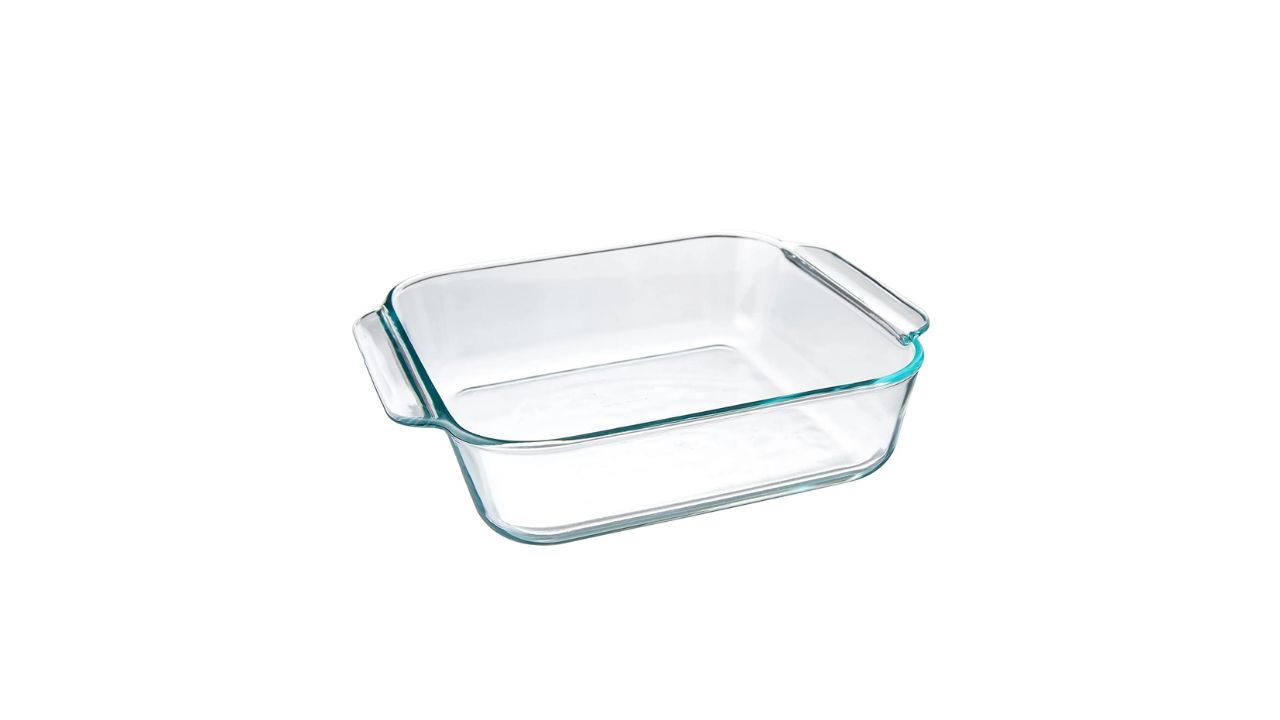

Interior Design Trends
What Is Pyrex Glass
Published: February 4, 2024
Discover how Pyrex glass can elevate your interior design. Explore the latest interior design trends and find out why Pyrex glass is a must-have for modern spaces.
(Many of the links in this article redirect to a specific reviewed product. Your purchase of these products through affiliate links helps to generate commission for Storables.com, at no extra cost. Learn more)
Introduction
Pyrex glass is a versatile and popular material that has become a staple in modern households and industries. Renowned for its durability, heat resistance, and transparency, Pyrex glass has found its way into a myriad of applications, ranging from kitchenware to laboratory equipment. Understanding the origins, composition, properties, and uses of Pyrex glass is essential for appreciating its significance in various fields.
This article delves into the fascinating world of Pyrex glass, shedding light on its history, composition, properties, and practical applications. By exploring the unique characteristics and diverse uses of Pyrex glass, readers will gain a comprehensive understanding of this remarkable material and its impact on everyday life. Let's embark on a captivating journey to unravel the secrets of Pyrex glass and discover the myriad ways it enriches our daily experiences.
Key Takeaways:
- Pyrex glass, known for its durability and thermal resistance, revolutionized kitchenware and scientific equipment, enhancing safety and functionality in diverse applications.
- The unique composition of Pyrex glass, including borosilicate glass, contributes to its exceptional thermal resistance, transparency, and chemical stability, making it indispensable in various fields.
Read more: What Temperature Can Pyrex Glass Withstand
History of Pyrex Glass
Pyrex glass has a rich and intriguing history that dates back to the early 20th century. The story of Pyrex glass begins with the renowned Corning Glass Works, a pioneering company that sought to address the need for durable and heat-resistant glassware. In 1915, Corning Glass Works introduced a revolutionary glass material that would forever change the landscape of kitchenware and scientific equipment – Pyrex glass.
The development of Pyrex glass was a result of a collaboration between Corning Glass Works and renowned physicist Dr. Jesse T. Littleton. The goal was to create a glass that could withstand extreme temperature differentials without cracking or shattering. This breakthrough led to the birth of Pyrex glass, which quickly gained recognition for its exceptional thermal resistance and robustness.
The name "Pyrex" is derived from the fusion of two words: "pyro," meaning heat, and "ex," symbolizing expansion. This nomenclature aptly reflects the primary attribute of Pyrex glass – its remarkable ability to endure thermal stress and fluctuations without compromising its structural integrity.
Initially, Pyrex glass was primarily utilized in laboratory equipment due to its heat-resistant properties and transparency, which allowed for precise observations and measurements. However, its versatility and resilience soon caught the attention of homemakers and chefs, leading to the production of Pyrex glass kitchenware. The introduction of Pyrex glass bakeware and cookware revolutionized culinary practices, offering a safer and more reliable alternative to traditional glass and ceramic vessels.
Over the decades, Pyrex glass has evolved to meet the changing needs of consumers and industries. Its enduring legacy is a testament to its exceptional quality and adaptability, solidifying its status as a timeless and indispensable material in modern society.
The history of Pyrex glass is a testament to human ingenuity and the relentless pursuit of innovation. From its humble beginnings as a scientific marvel to its widespread presence in households and laboratories worldwide, Pyrex glass continues to shape the way we cook, conduct experiments, and appreciate the beauty of transparent, durable glassware.
Composition of Pyrex Glass
Pyrex glass is renowned for its unique composition, which contributes to its exceptional durability and thermal resistance. Unlike traditional soda-lime glass, Pyrex glass is formulated with specific materials to enhance its robustness and ability to withstand extreme temperature differentials.
The key components of Pyrex glass include borosilicate glass, a distinctive type of glass renowned for its remarkable properties. Borosilicate glass is composed of silica and boron trioxide, which are carefully blended to create a glass matrix with exceptional thermal and chemical resistance. This composition results in a glass that can endure rapid temperature changes without cracking or shattering, making it ideal for a wide range of applications.
The addition of boron to the glass matrix reduces its coefficient of thermal expansion, meaning that it expands and contracts less than traditional glass when exposed to heat or cold. This crucial characteristic allows Pyrex glass to maintain its structural integrity even when subjected to rapid and extreme temperature variations, setting it apart from conventional glass materials.
Furthermore, the incorporation of borosilicate glass in Pyrex glass formulations enhances its resistance to chemical corrosion, making it suitable for use in laboratory equipment and industrial settings where exposure to harsh chemicals is common. This unique composition ensures that Pyrex glass remains unaffected by acidic or alkaline substances, providing a reliable and durable material for scientific experiments and chemical processes.
In addition to borosilicate glass, Pyrex glass may also contain small amounts of other elements to further enhance its properties, such as aluminum oxide and alkali metals. These additives contribute to the overall strength and stability of Pyrex glass, reinforcing its reputation as a resilient and versatile material.
The carefully engineered composition of Pyrex glass underscores its exceptional performance in demanding environments, making it an indispensable material in various fields, including culinary, scientific, and industrial applications. By harnessing the unique properties of borosilicate glass and strategic additives, Pyrex glass continues to uphold its legacy as a reliable and enduring material that transcends traditional glassware limitations.
Properties of Pyrex Glass
Pyrex glass exhibits a remarkable array of properties that distinguish it from conventional glass materials, making it a preferred choice for a wide range of applications. The unique composition of Pyrex glass, primarily consisting of borosilicate glass, contributes to its exceptional thermal resistance, durability, and chemical stability.
One of the most notable properties of Pyrex glass is its outstanding thermal resistance. Unlike standard glass, Pyrex glass can withstand rapid and extreme temperature differentials without fracturing or breaking. This property is attributed to the low coefficient of thermal expansion of borosilicate glass, which minimizes the risk of thermal stress-induced damage. Whether subjected to intense heat in an oven or sudden cooling, Pyrex glass maintains its structural integrity, making it ideal for cookware, laboratory glassware, and industrial applications where thermal shock is a concern.
In addition to its thermal resilience, Pyrex glass possesses excellent transparency and clarity, allowing for clear visibility of contents and accurate observations. This optical clarity is essential in laboratory settings, where precise measurements and visual assessments are crucial. Furthermore, the transparency of Pyrex glass enhances the presentation of culinary creations, making it a popular choice for baking dishes, serving platters, and storage containers.
Moreover, Pyrex glass exhibits superior chemical resistance, making it impervious to the corrosive effects of acids, alkalis, and other reactive substances. This property is particularly advantageous in laboratory environments, where glassware is frequently exposed to various chemicals during experiments and analyses. The ability of Pyrex glass to withstand chemical interactions without degradation ensures the integrity of experimental results and the safety of researchers and technicians.
Another notable property of Pyrex glass is its exceptional durability and longevity. The robust nature of Pyrex glass renders it resistant to physical impact and wear, reducing the risk of breakage and extending its lifespan. This durability makes Pyrex glass an enduring choice for kitchenware, laboratory equipment, and industrial components, providing reliable performance in demanding conditions.
Furthermore, Pyrex glass is non-porous, preventing the absorption of odors, flavors, and stains. This property is highly advantageous in culinary applications, as it ensures that food remains uncontaminated and flavors remain pure. Additionally, the non-porous nature of Pyrex glass simplifies cleaning and maintenance, contributing to its appeal in both domestic and professional kitchens.
In summary, the properties of Pyrex glass, including its exceptional thermal resistance, transparency, chemical stability, durability, and non-porous nature, collectively position it as a versatile and indispensable material in diverse fields. Whether facilitating scientific discoveries, enhancing culinary experiences, or supporting industrial processes, Pyrex glass continues to exemplify the enduring legacy of innovation and reliability.
Pyrex glass is a type of borosilicate glass that is known for its durability and resistance to thermal shock. It is commonly used in kitchenware and laboratory equipment due to its ability to withstand high temperatures without breaking.
Common Uses of Pyrex Glass
Pyrex glass has permeated various facets of modern life, finding extensive utilization in an array of practical applications due to its exceptional properties and durability. The versatility and reliability of Pyrex glass have led to its widespread adoption in both domestic and industrial settings, where its unique attributes are harnessed to enhance functionality and safety.
In the culinary realm, Pyrex glass has become synonymous with high-quality cookware, bakeware, and food storage containers. Its ability to withstand extreme temperatures makes it an ideal choice for oven use, allowing for seamless transitions from baking to refrigeration without the risk of thermal shock. Pyrex glass baking dishes, casserole pans, and pie plates have become kitchen essentials, facilitating even heat distribution and ensuring the integrity of culinary creations. Furthermore, the transparency of Pyrex glass enhances the visual appeal of dishes, making it a popular choice for serving platters, salad bowls, and dessert containers. The non-porous nature of Pyrex glass also makes it resistant to odors and stains, preserving the flavors and freshness of food while simplifying cleaning and maintenance.
In laboratory and scientific environments, Pyrex glass is indispensable for its exceptional clarity, chemical resistance, and thermal stability. It is utilized in the production of laboratory glassware such as beakers, test tubes, and flasks, providing researchers and technicians with reliable vessels for conducting experiments and analyses. The transparency of Pyrex glass allows for precise observations and measurements, while its resistance to chemical corrosion ensures the accuracy and safety of scientific endeavors. Additionally, Pyrex glass petri dishes, pipettes, and graduated cylinders are essential tools in microbiology, chemistry, and pharmaceutical research, contributing to the advancement of scientific knowledge and innovation.
Beyond the kitchen and laboratory, Pyrex glass extends its utility to industrial applications, where its durability and thermal resistance are leveraged for diverse purposes. In the manufacturing sector, Pyrex glass tubes and rods are utilized in high-temperature processes, such as glassblowing and semiconductor production, due to their ability to withstand intense heat without compromising structural integrity. The robust nature of Pyrex glass also makes it suitable for sight glasses in industrial equipment, providing operators with clear visibility into high-pressure and high-temperature systems, ensuring operational safety and efficiency.
The widespread adoption of Pyrex glass in these diverse applications underscores its enduring relevance and impact on modern lifestyles. Whether enhancing culinary experiences, facilitating scientific discoveries, or supporting industrial processes, Pyrex glass continues to exemplify the remarkable fusion of innovation and practicality, enriching the way we interact with the world around us.
Read more: How To Store Glass Pyrex Containers
Advantages of Pyrex Glass
Pyrex glass boasts a myriad of advantages that distinguish it as a superior material for a wide range of applications. From culinary endeavors to scientific explorations, the unique properties of Pyrex glass offer unparalleled benefits that have solidified its status as a preferred choice in diverse settings.
One of the primary advantages of Pyrex glass is its exceptional thermal resistance. Unlike traditional glass, Pyrex glass can withstand rapid and extreme temperature differentials without fracturing or breaking. This remarkable attribute makes it an ideal material for cookware, bakeware, and laboratory glassware, where exposure to varying temperatures is common. Whether used in the oven, microwave, or freezer, Pyrex glass maintains its structural integrity, ensuring consistent performance and safety in culinary and scientific applications.
The transparency and optical clarity of Pyrex glass represent another significant advantage. Its exceptional visibility allows for clear observations, precise measurements, and elegant food presentation. In laboratory settings, the transparency of Pyrex glass facilitates accurate readings and visual assessments, contributing to the reliability and reproducibility of scientific experiments. Similarly, in the culinary realm, the transparency of Pyrex glass enhances the aesthetic appeal of dishes, making it a favored choice for serving and displaying culinary creations.
Furthermore, the chemical resistance of Pyrex glass is a notable advantage, particularly in laboratory and industrial environments. Its ability to withstand the corrosive effects of acids, alkalis, and other reactive substances ensures the integrity of experimental results and the safety of researchers and technicians. This resistance to chemical interactions enhances the longevity and reliability of Pyrex glass in demanding settings, where exposure to various chemicals is inevitable.
The durability and non-porous nature of Pyrex glass contribute to its practical advantages in everyday use. Its robustness reduces the risk of breakage and extends its lifespan, making it a long-term investment for both domestic and industrial purposes. Additionally, the non-porous nature of Pyrex glass prevents the absorption of odors, flavors, and stains, simplifying cleaning and maintenance while preserving the purity of food and substances stored or prepared in Pyrex glass vessels.
In summary, the advantages of Pyrex glass, including its exceptional thermal resistance, transparency, chemical stability, durability, and non-porous nature, position it as an indispensable and versatile material in various fields. Its ability to enhance safety, functionality, and visual appeal makes Pyrex glass a valuable asset in culinary, scientific, and industrial applications, embodying the enduring legacy of innovation and reliability.
Disadvantages of Pyrex Glass
While Pyrex glass offers a multitude of advantages, it is important to acknowledge its limitations and potential drawbacks in certain contexts. Understanding the disadvantages of Pyrex glass is crucial for making informed decisions regarding its suitability for specific applications.
One notable disadvantage of Pyrex glass is its susceptibility to breakage when exposed to sudden and extreme temperature differentials. Although Pyrex glass is renowned for its thermal resistance, it is not impervious to thermal shock. Rapid transitions from high heat to cold temperatures or vice versa can compromise the structural integrity of Pyrex glass, leading to breakage or fracturing. This vulnerability to thermal shock necessitates careful handling and gradual temperature changes to mitigate the risk of damage, particularly in culinary and laboratory settings where abrupt temperature variations are common.
Additionally, while Pyrex glass is durable and robust, it is not immune to physical impact and mishandling. Accidental drops or impacts can result in chipping, cracking, or complete breakage of Pyrex glass vessels, posing safety hazards and necessitating replacement. The potential for breakage due to mishandling underscores the importance of exercising caution when using and storing Pyrex glass items, especially in high-traffic or dynamic environments.
Furthermore, the cost of Pyrex glass products may be perceived as a disadvantage compared to conventional glass or alternative materials. The specialized composition and manufacturing processes involved in producing Pyrex glass contribute to higher production costs, which are often reflected in the retail pricing of Pyrex glassware. This cost disparity may influence purchasing decisions, particularly in budget-conscious consumer segments or industries where cost-effectiveness is a primary consideration.
Another consideration is the weight of Pyrex glass, which can be heavier than other materials such as plastic or standard glass. While the weight of Pyrex glass contributes to its durability and stability, it may pose challenges for individuals with mobility limitations or in scenarios where lightweight alternatives are preferred for practical or ergonomic reasons.
In summary, while Pyrex glass offers exceptional thermal resistance, transparency, and durability, it is important to recognize its susceptibility to thermal shock, breakage from physical impact, potential cost implications, and relatively heavier weight as potential disadvantages. By acknowledging these limitations, individuals and industries can make informed choices regarding the suitability of Pyrex glass for their specific needs and applications.
Conclusion
In conclusion, Pyrex glass stands as a testament to the enduring legacy of innovation and practicality, permeating diverse facets of modern life with its exceptional properties and versatile applications. From its humble origins as a revolutionary glass material developed by Corning Glass Works to its widespread adoption in culinary, scientific, and industrial realms, Pyrex glass has continually demonstrated its resilience, reliability, and adaptability.
The rich history of Pyrex glass, rooted in the collaborative efforts of pioneering scientists and glassmakers, reflects the relentless pursuit of excellence and the quest to overcome traditional glassware limitations. The introduction of borosilicate glass as a key component in Pyrex glass formulations has redefined the standards for thermal resistance, transparency, and chemical stability, setting a new benchmark for glass materials across industries.
The exceptional thermal resistance of Pyrex glass, coupled with its optical clarity and durability, has propelled its prominence in kitchens, laboratories, and manufacturing facilities worldwide. Whether it's withstanding extreme temperatures in the oven, providing a clear view of scientific experiments, or enduring high-pressure industrial processes, Pyrex glass continues to elevate safety, functionality, and visual appeal in diverse environments.
While Pyrex glass presents certain limitations, such as susceptibility to thermal shock and breakage from mishandling, its advantages far outweigh these considerations. The ability of Pyrex glass to enhance culinary experiences, facilitate scientific discoveries, and support industrial operations underscores its enduring relevance and impact on modern lifestyles.
As we reflect on the remarkable journey of Pyrex glass, from its inception to its pervasive presence in everyday life, it becomes evident that this exceptional material embodies the perfect fusion of innovation and practicality. Its enduring legacy serves as a testament to human ingenuity and the relentless pursuit of excellence, shaping the way we interact with the world around us.
In essence, Pyrex glass transcends the confines of traditional glassware, embodying a legacy of resilience, reliability, and adaptability that continues to enrich and elevate the human experience. Whether in the kitchen, laboratory, or industrial setting, Pyrex glass remains an indispensable ally, exemplifying the enduring marriage of innovation and practicality that defines its timeless significance.
Frequently Asked Questions about What Is Pyrex Glass
Was this page helpful?
At Storables.com, we guarantee accurate and reliable information. Our content, validated by Expert Board Contributors, is crafted following stringent Editorial Policies. We're committed to providing you with well-researched, expert-backed insights for all your informational needs.
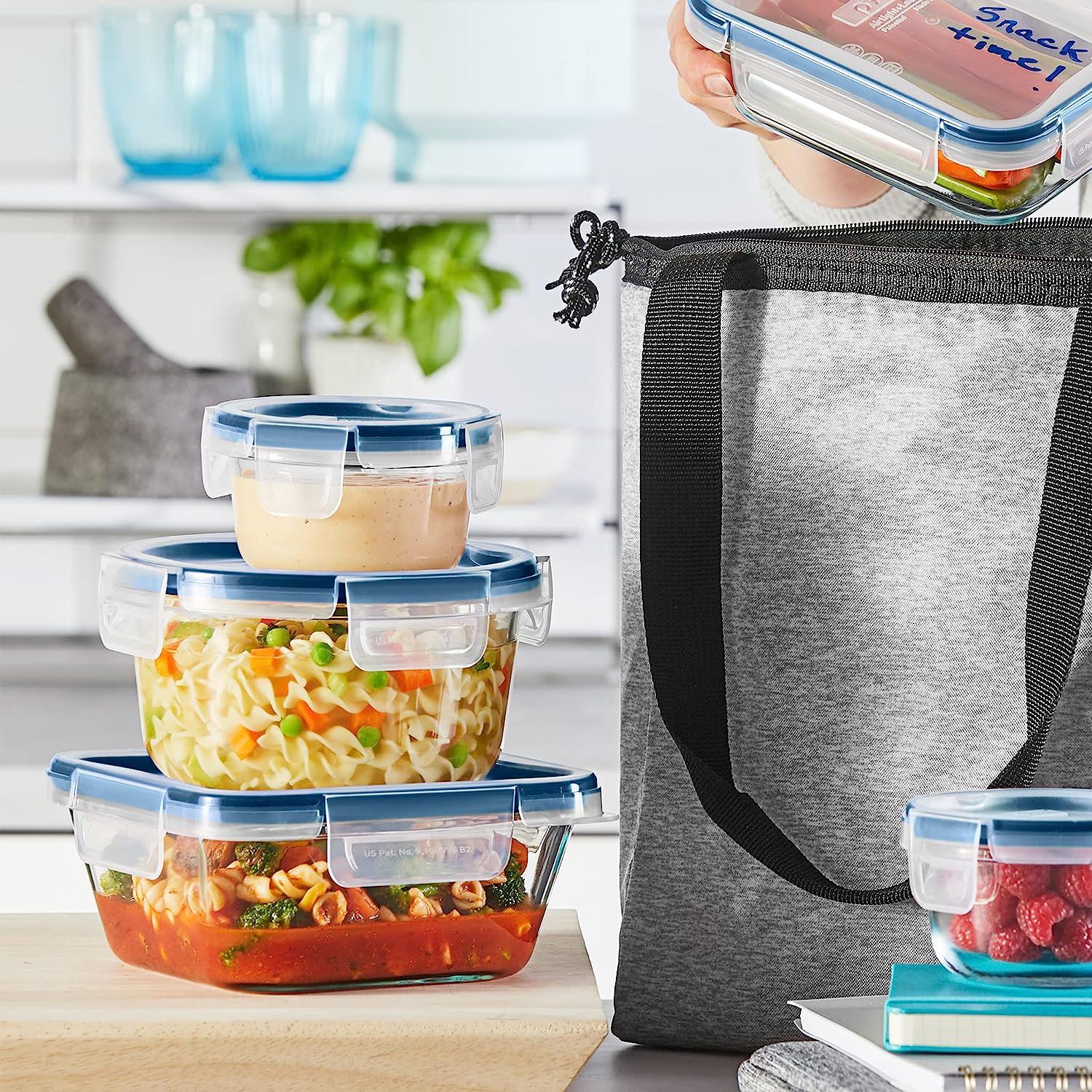
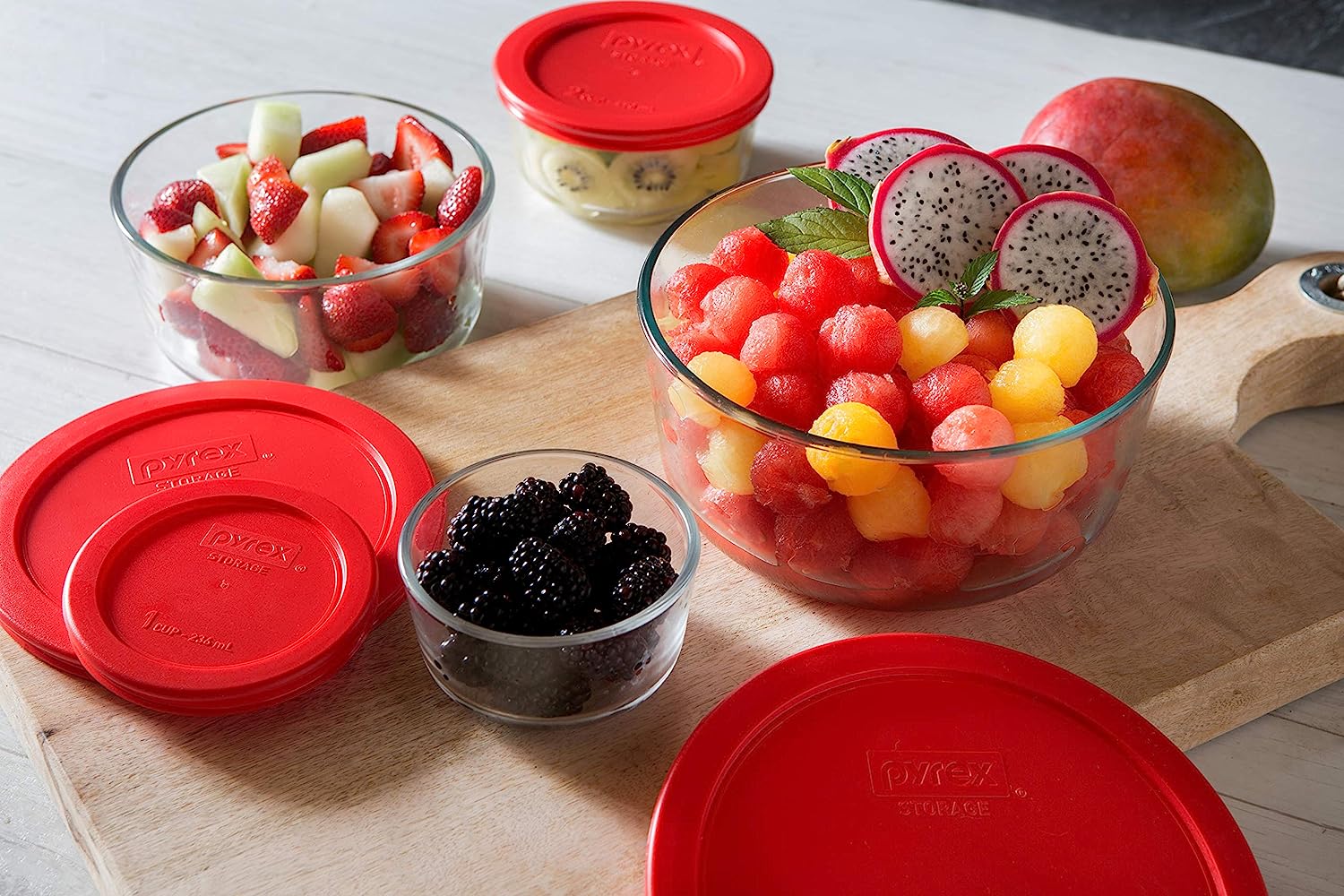
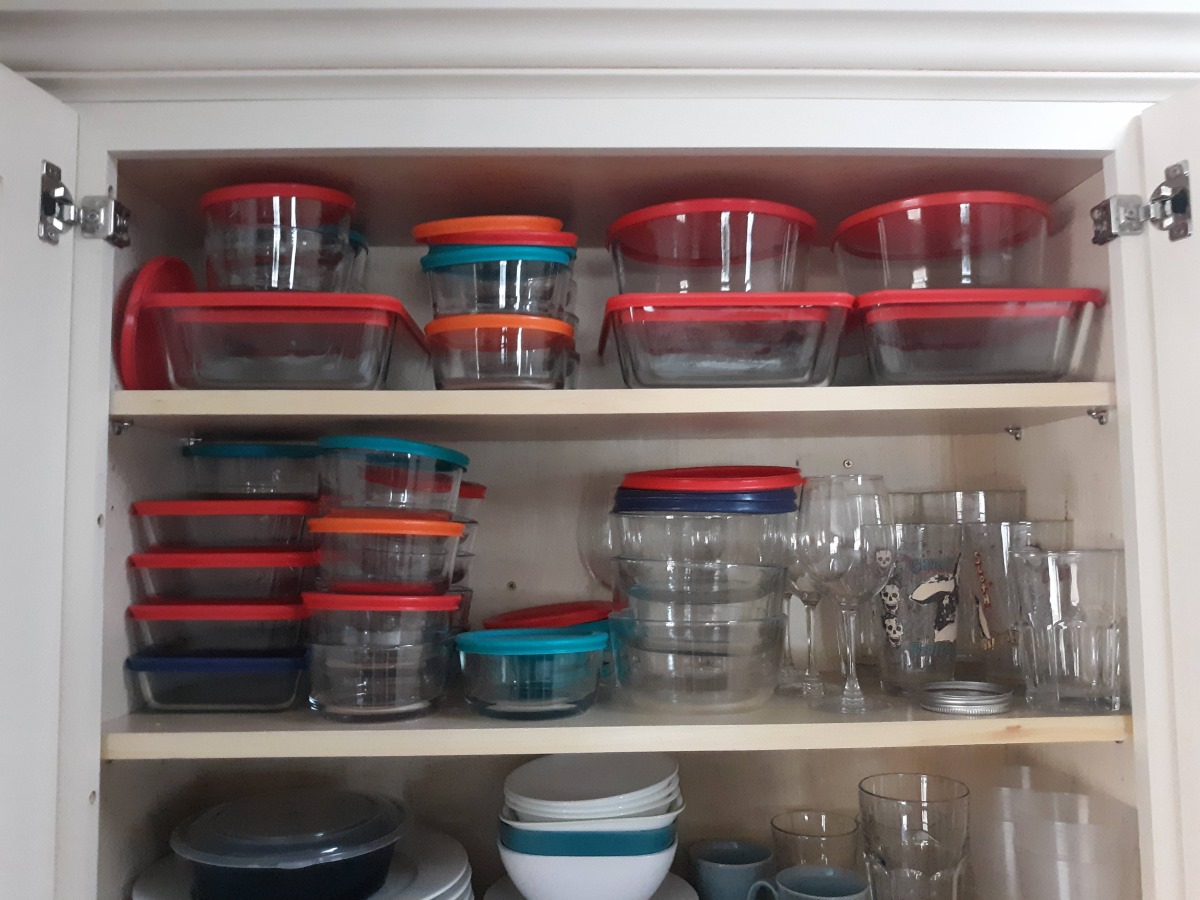
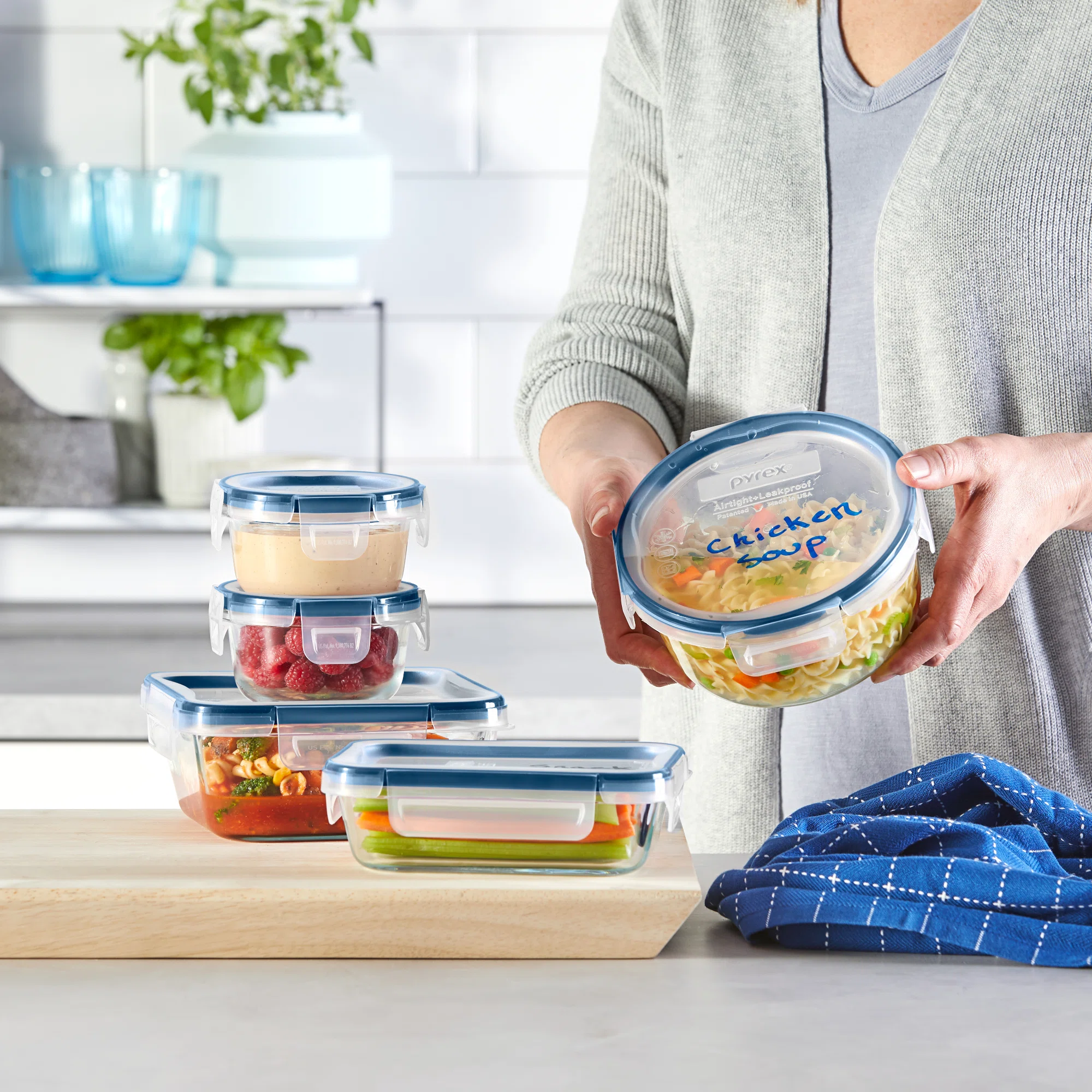
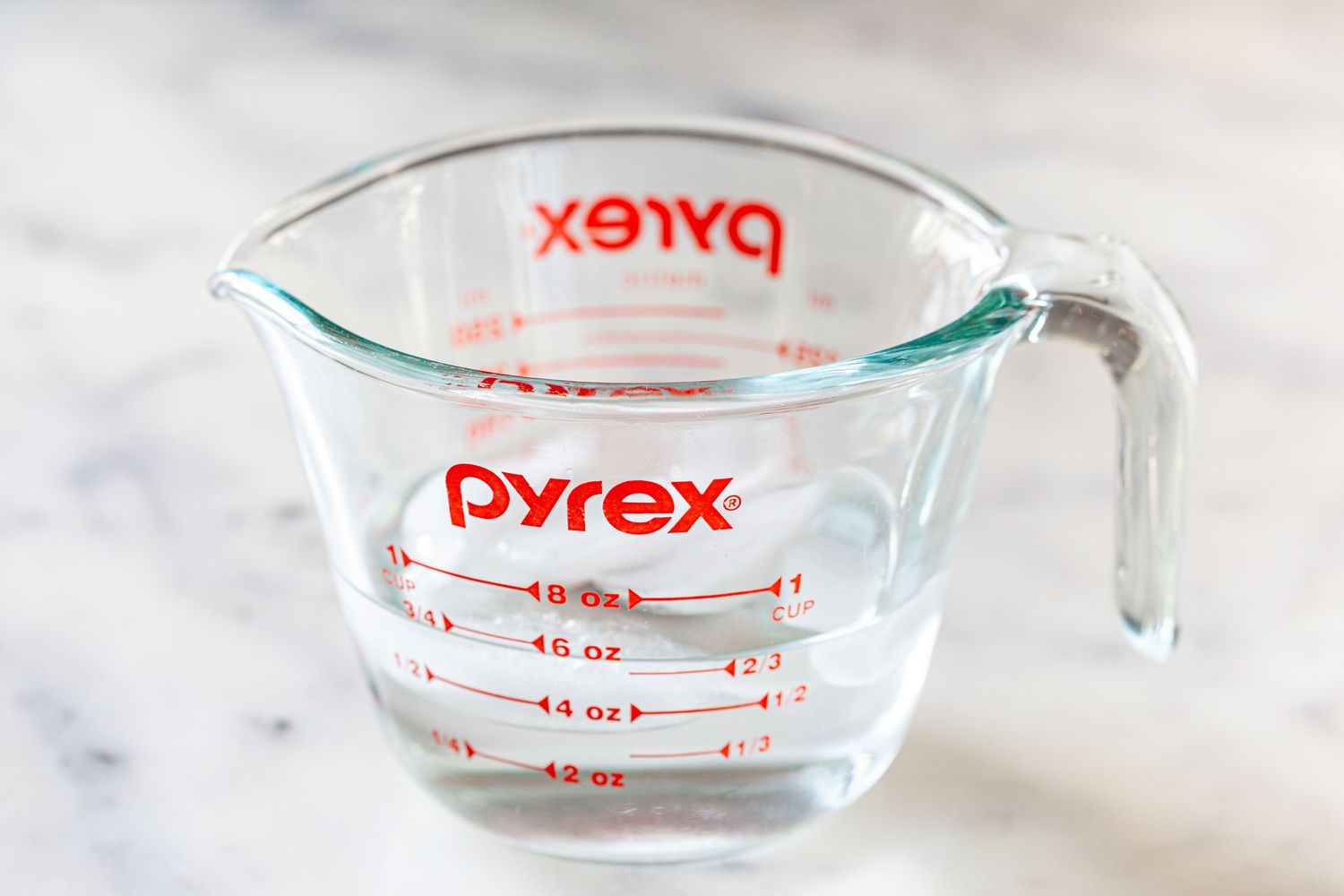
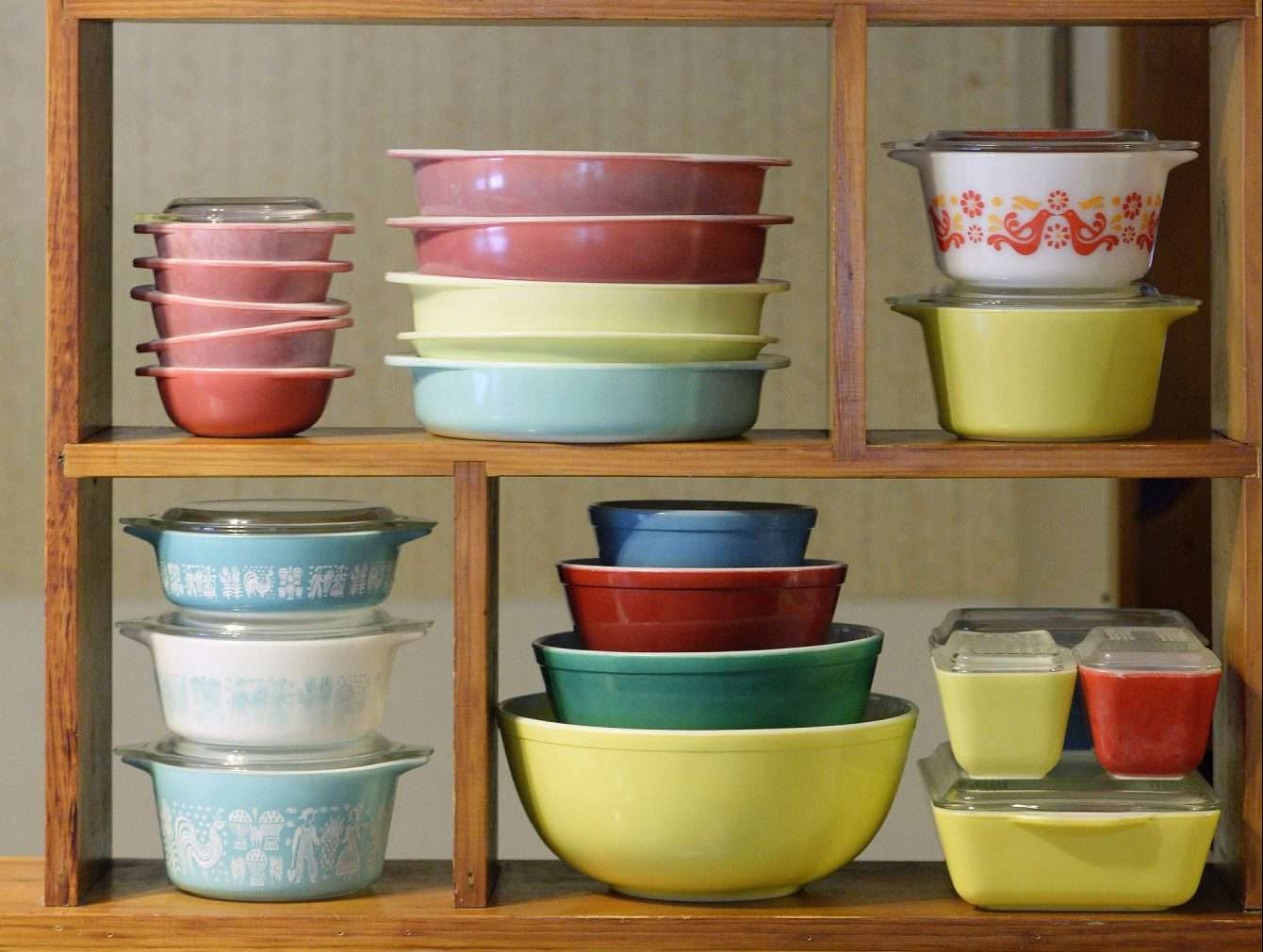
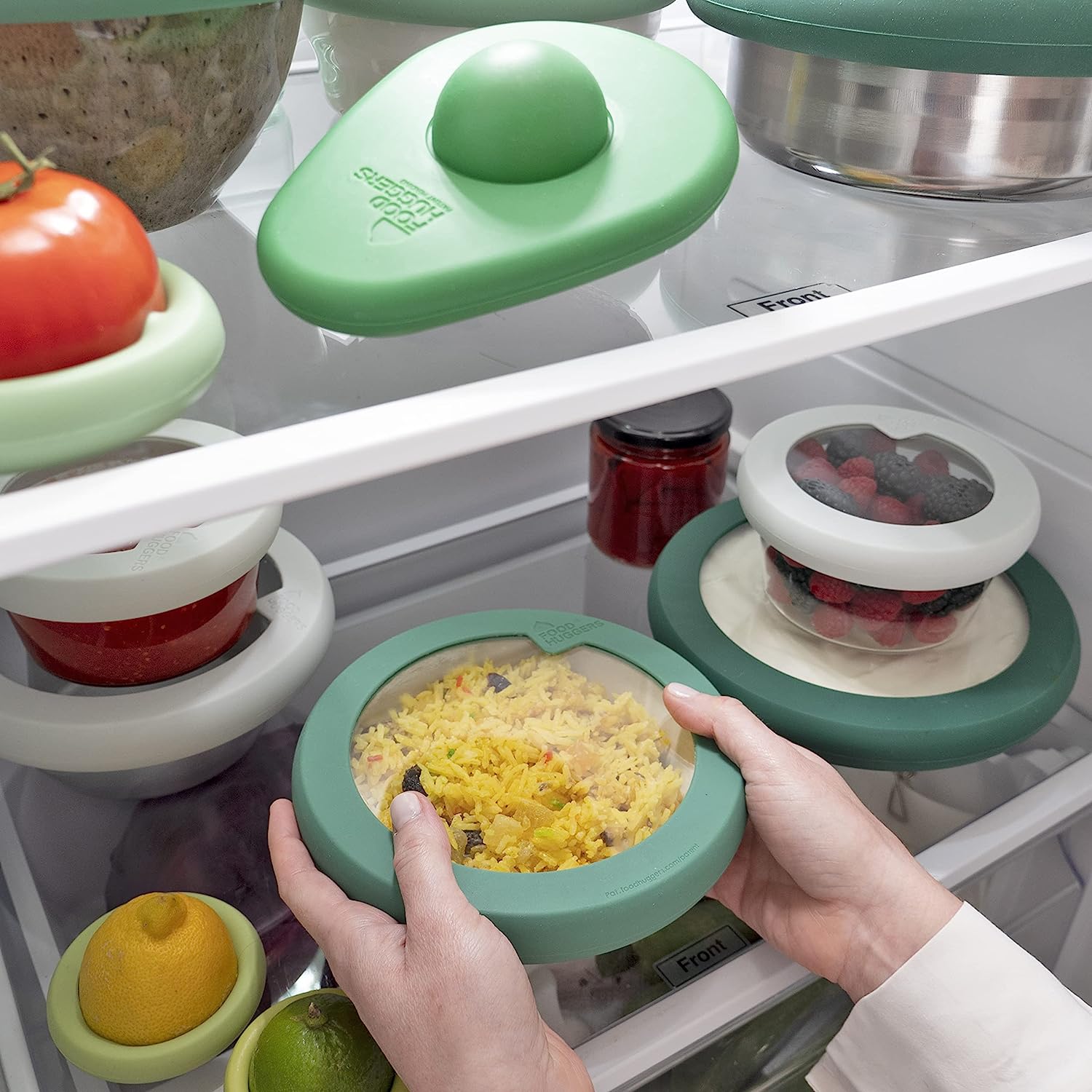
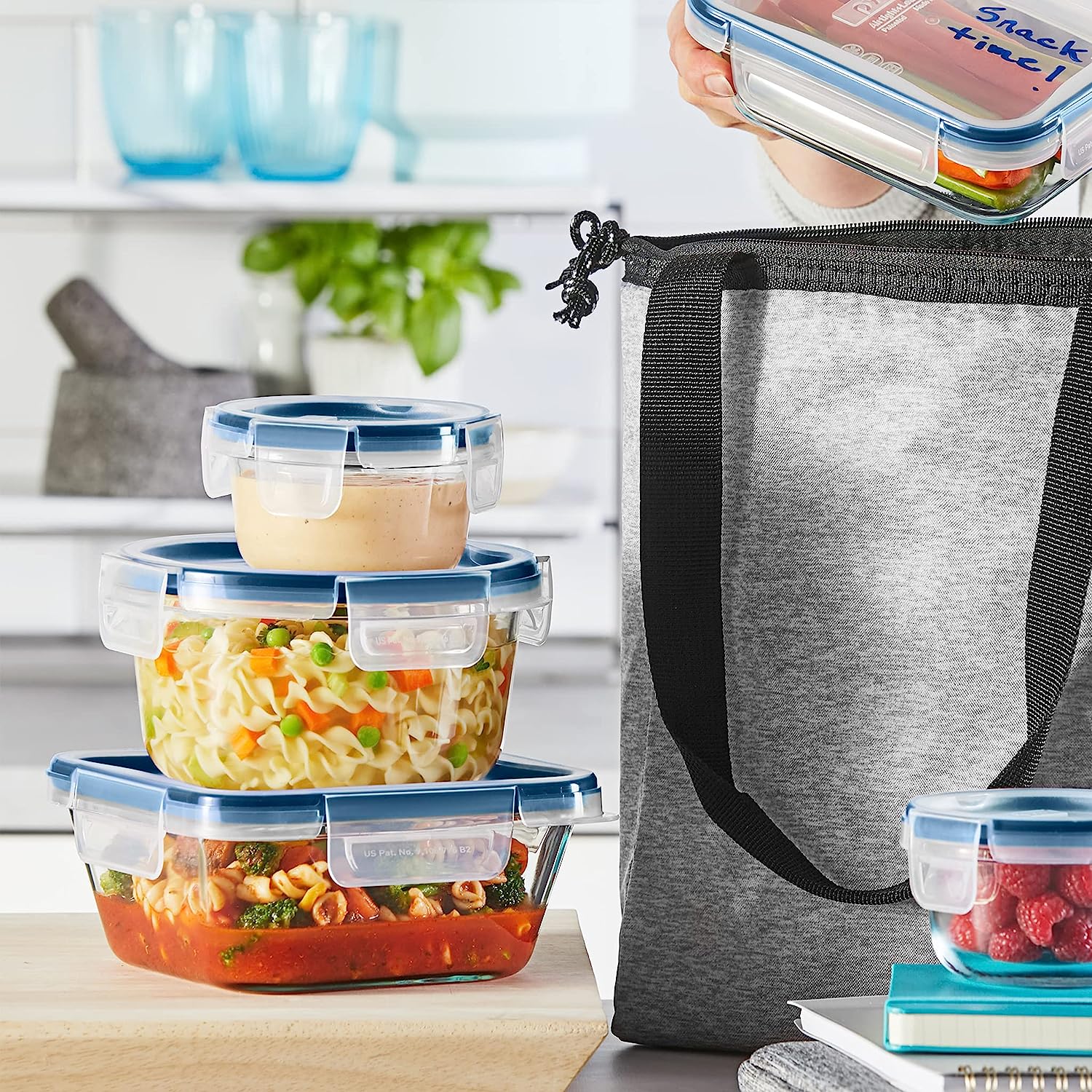
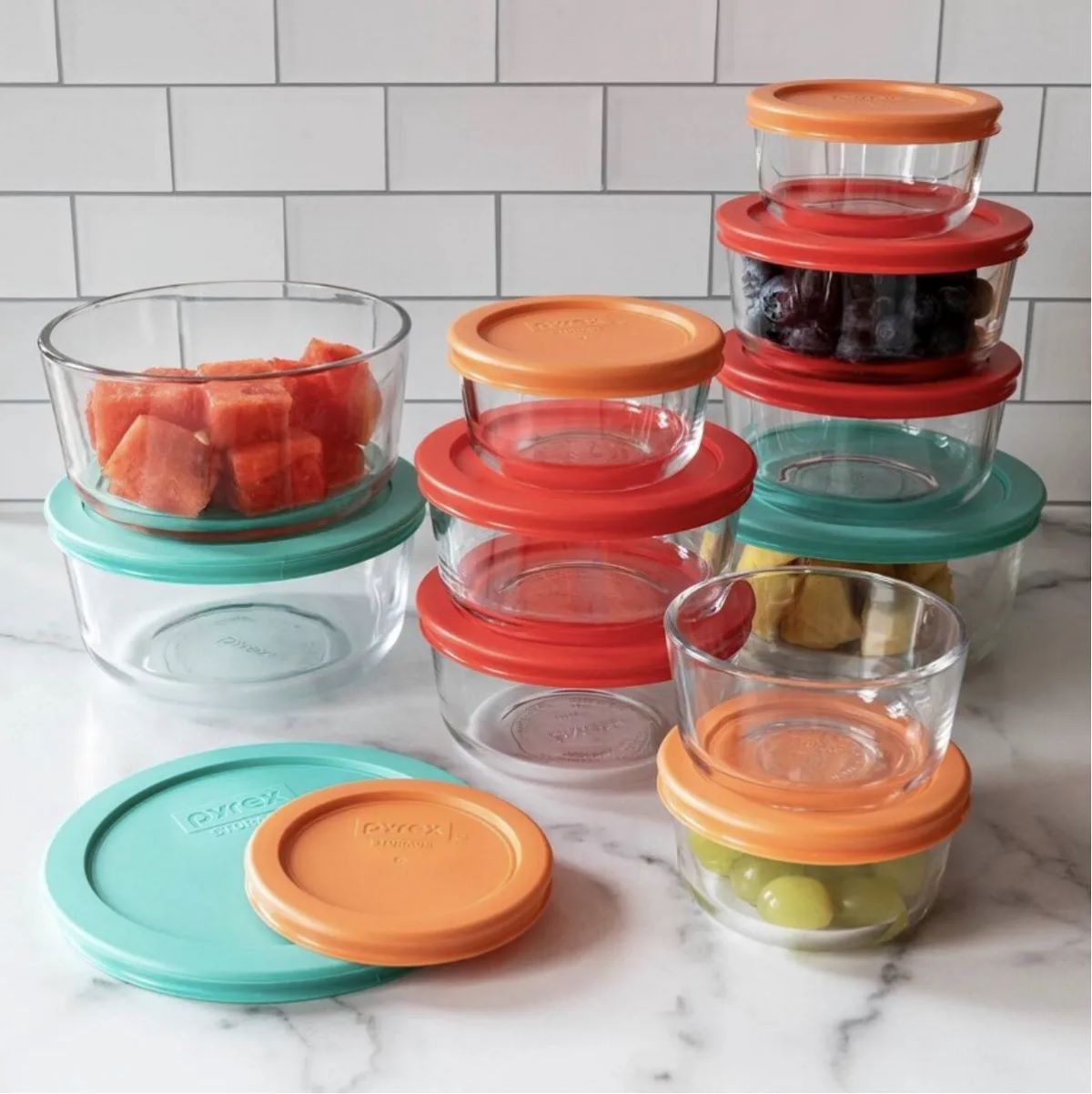
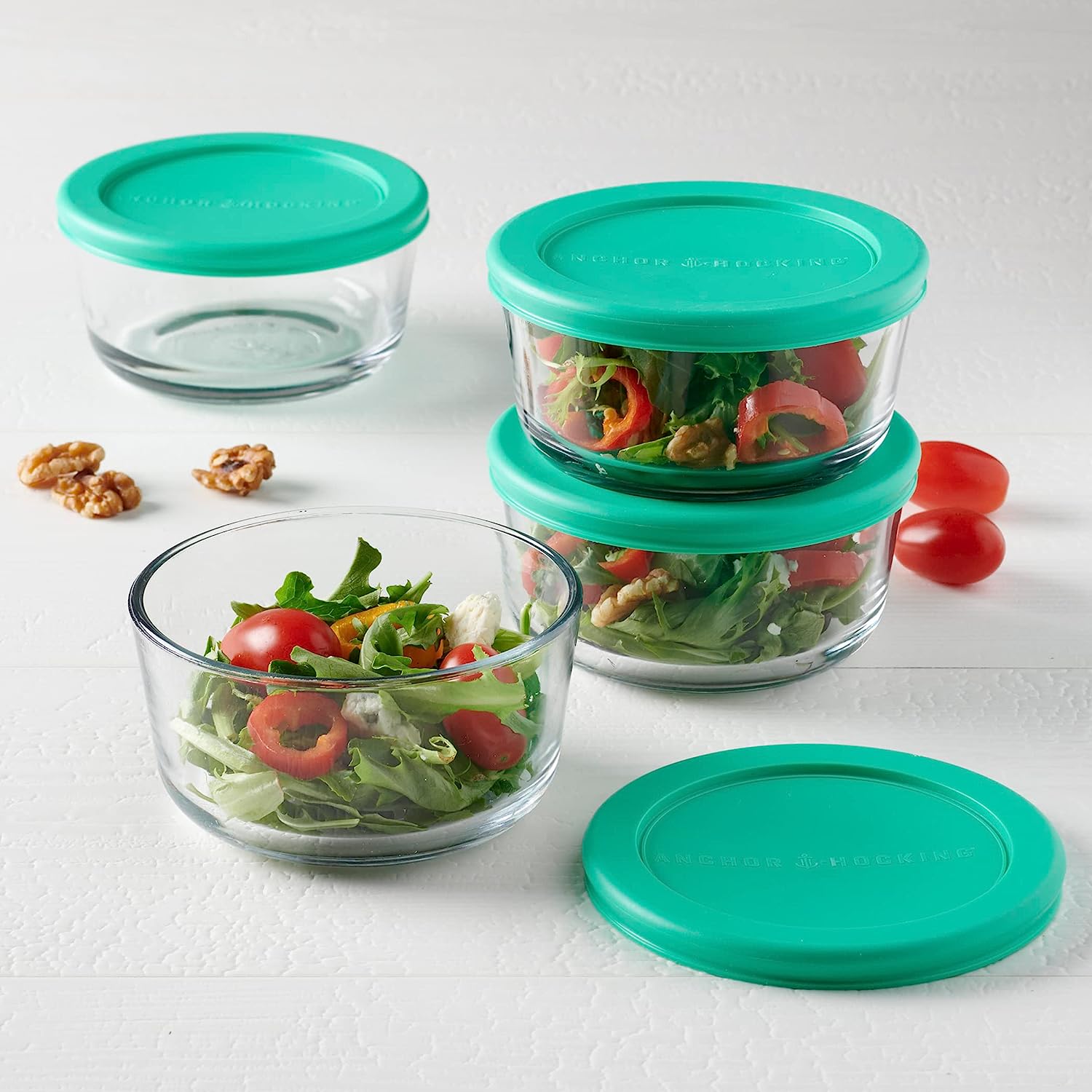
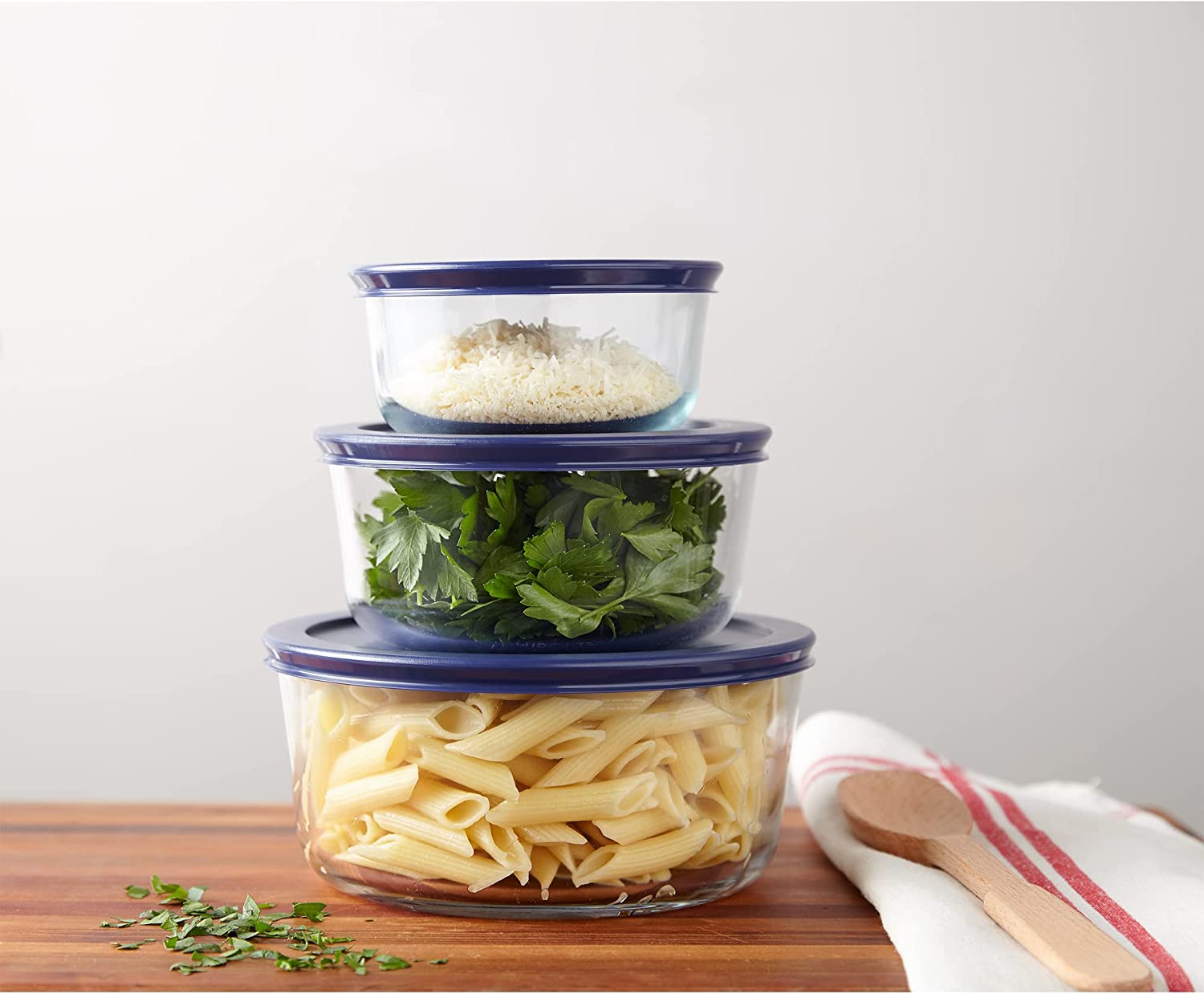
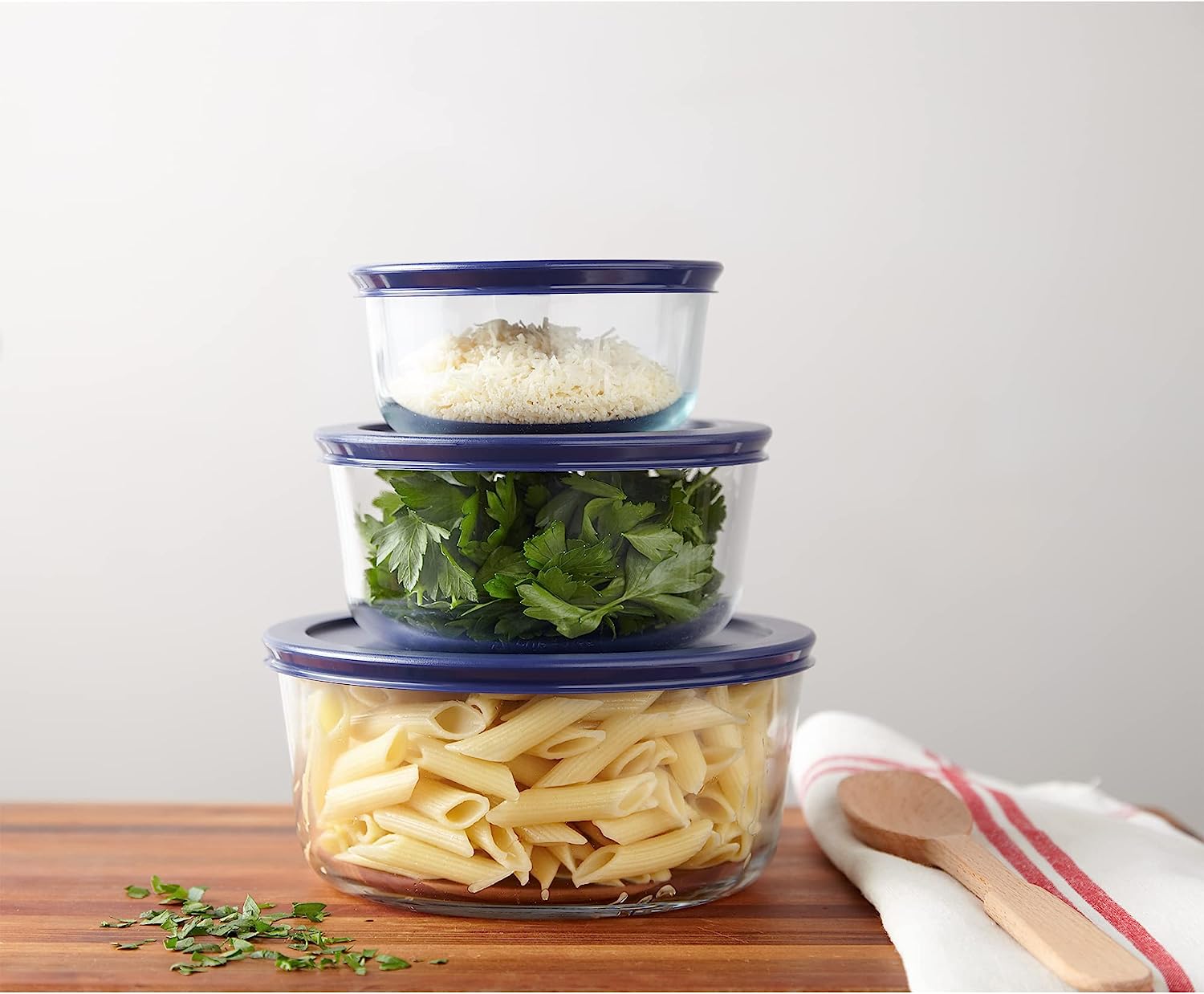
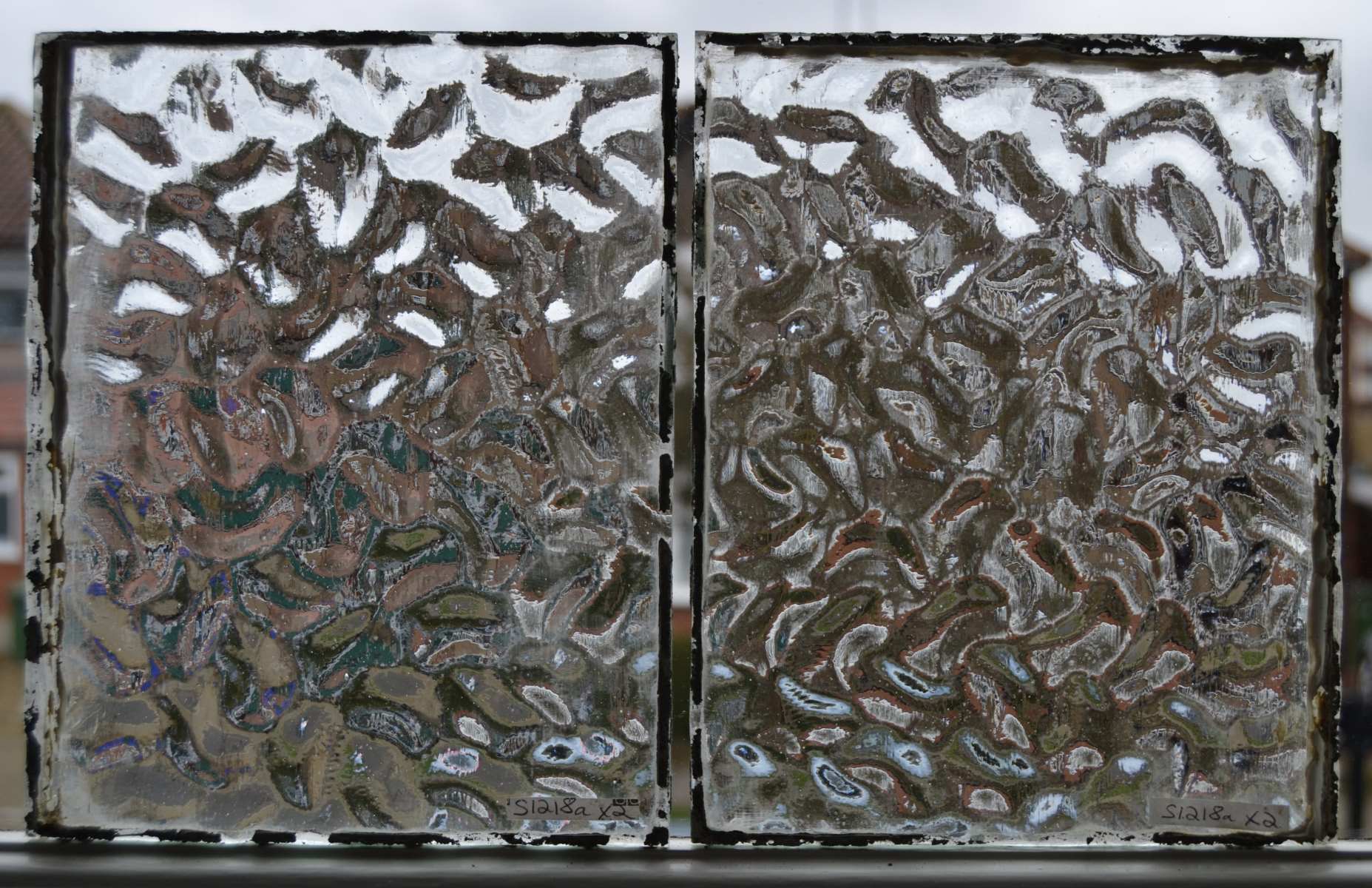
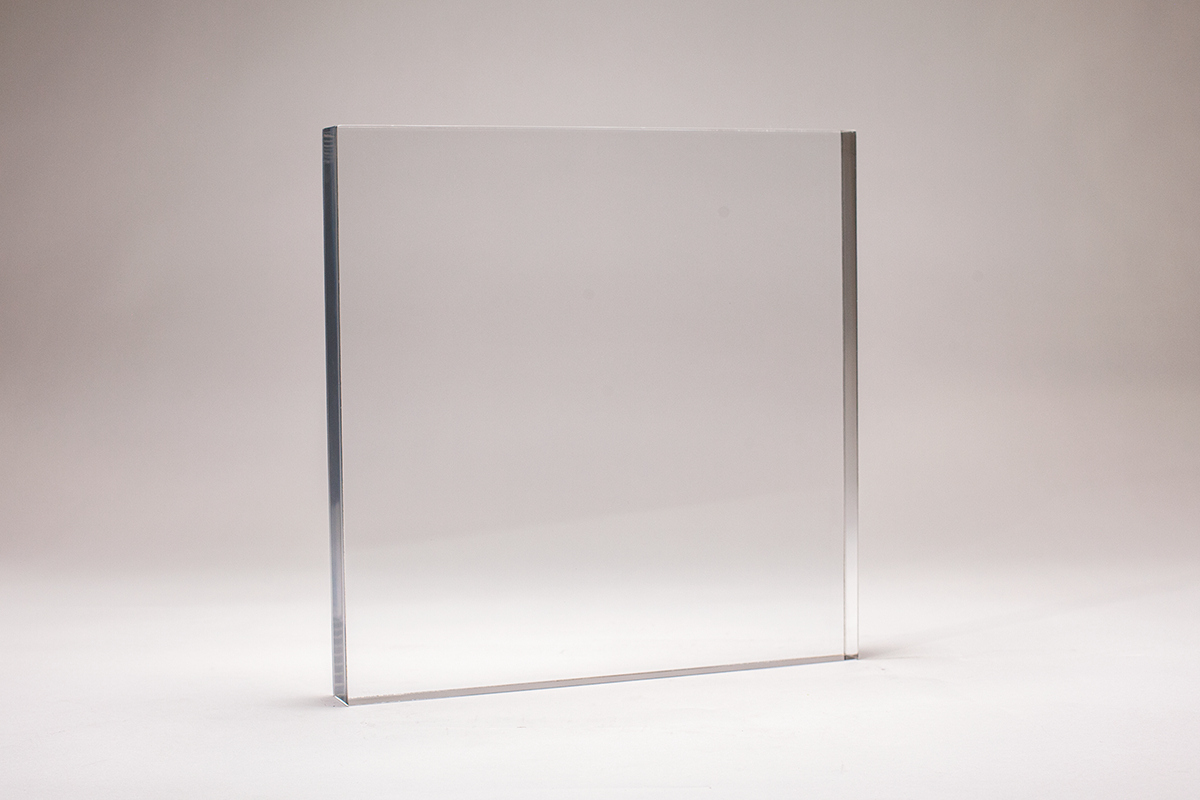

0 thoughts on “What Is Pyrex Glass”